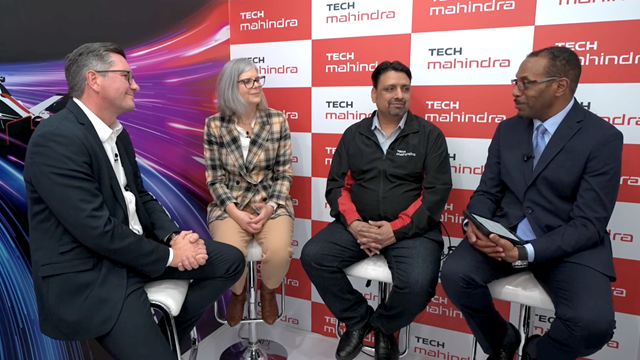Devicescape styles itself as a 'curator' of amenity WiFi. The organisation keeps a big, constantly updated database somewhere in the cloud, the user of the telco-provided smartphone, tablet or even computer, has a piece of client software and the idea is that by these entities working together an 'optimal' user experience can be 'curated' by enabling what David calls a 'best connected' situation.
If the operator network is not functioning brilliantly, the smartphone may be re-directed to an available high-quality amenity WiFi connection and logged on without fuss. Yes, there may be an ad to watch, but the pay-off is that the WiFi copes with the demands of the application being attempted. It's all done according to the particular carrier's policy of course and that depends in part on the plan contracted by the customer.
Some customers will want good free WiFi as much and as often as possible to keep them under their data allowance, some only when there is no other alternative.
In Europe this is still at the stage of abstract concept, in the US Devicescape has formed relationships with MetroPCS, US Cellular and the WiFi-first play, Republic Wireless and Devicescape says it monitors a total of 200 million amenity hotspots internationally. In Europe, France's Bouygues is on the roster, but Devicescape claims trials are ongoing and announcements are expected at some point.
This is surely a difficult row to hoe, I suggest. Operators have a love/hate relationship with WiFi. On the one hand it is seen as a saviour because it has enabled them to offload traffic from congested and out-of-breath 3G networks - in fact in most cases their users have done the offloading, simply by using WiFi instead of cell. On the other, they see its use as a sort of dilution of the offer and of their 'visibility'. For one thing, its use robs them of user statistics.
Why would they actively encourage its use by putting a client on their own users' phones?
There was a time when it was all about offload, says David, but over the past 6 months or so he claims that has changed. It's now about augmentation rather than offload, about getting the best experience for the user by using the power of the device in what is already a "hetnet" (heterogeneous network) environment.
Instead of seeing their role as managing a network, operators are thinking more in terms of managing a network of phones, using whatever sort of network lies between the phone and the core.
There is so much that can be done here to improve the experience. Research suggests that even at home, and even from experienced users, best use is not being made of the WiFi connection. A big group is turning off WiFi and not turning it on again, for instance.
"Thirty per cent of smartphone uers are having serious problems with not optimially connecting with WiFi at home," says David. "So a telco can develop a greater definition of what it means to provide a service. There's now a recognition that WiFi is being used more, and we're hearing things like: 'What i would like is a way to help my user connect the way they iike'. Operators are taking responsibility for the entire experience."
This is a big and important change, but what about data usage? With most mobile telcos essentially selling data, don't they worry about amenity WiFi cannibalising the data plan?
Much depends on the demographic or particular inclination of the user, claims David. "What we've found is that the light or novice smartphone user hasn't broken out of the "shell of minimal usage". In other words they still worry about going over and busting their limit, so they rein back on using different applications just in case they do. Easy availability of free amenity WiFi (with it being transparent when it's being utilised) tends to make them 'up' their entire usage.
"What we've found is that they end up using much more data using Devicescape and then end up getting a higher plan."
And, by the way, LTE is not the answer. All Devicescape's customers have deployed LTE before they deployed Devicescape's service. That's because hungry LTE users tend to end up using more WiFi as well, so it's not a zero sum game.
"Amenity WiFi complements their networks so well."
Email Newsletters
Sign up to receive TelecomTV's top news and videos, plus exclusive subscriber-only content direct to your inbox.



